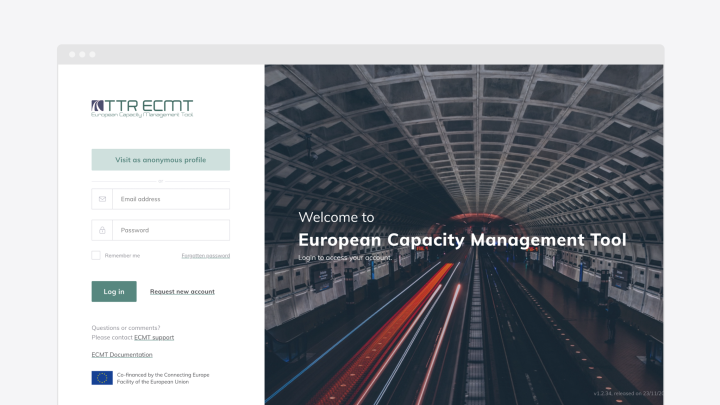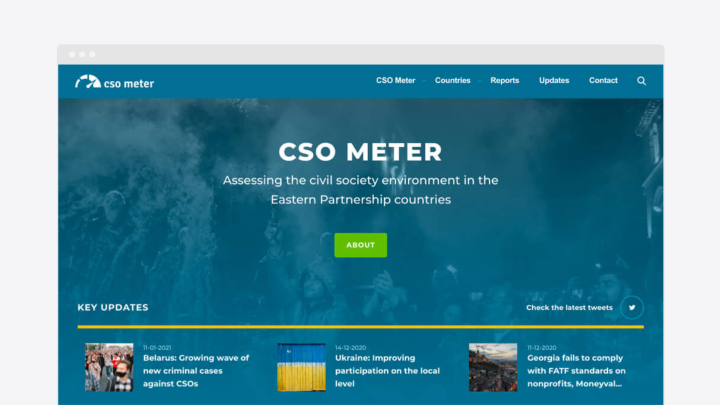With our web application’s help, we make rail passenger and freight transport more efficient, reducing car and truck traffic. Rail transport will be more predictable, and the environmental impact of cars and trucks will be lower.
Integral Vision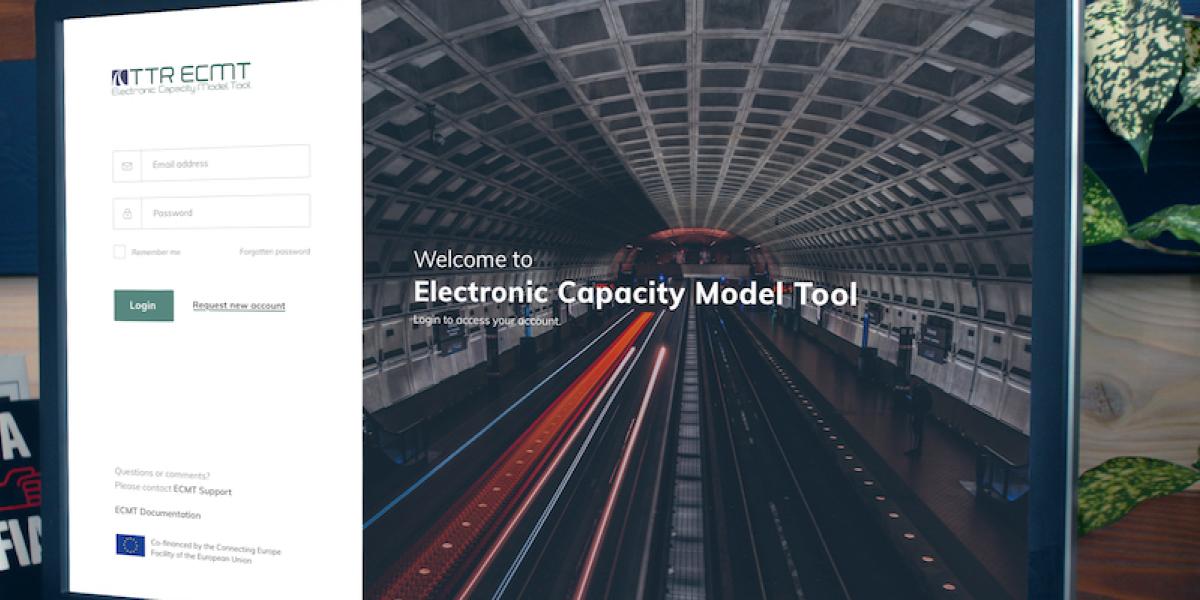
We’ve launched one of our favorite projects these days. With our web application’s help, we make rail passenger and freight transport more efficient, reducing car and truck traffic. Rail transport will be more predictable, and the environmental impact of cars and trucks will be lower. We have, therefore, helped to reduce Europe's CO2 emissions through development.
With our software, we contribute to a 3-5% increase in Europe's rail capacity without infrastructure investment. It leads to a profit of € 1-2 billion / year for railway companies and infrastructure managers at the European level.
We talked to Máté Bak, project manager of RailNetEurope (RNE), about the broader development environment, the railway network’s operation, market participants, and their role. The interview was conducted in style: on a Railjet after presenting our development to the Vienna-based company’s management. RNE staff are experts in the tiniest details about rail transport, operating services that contribute to the entire European rail network’s strategic development. Talking to Máté is like sitting around in the middle of a giant railroad model, wondering again and again at details you hadn’t noticed before.
To understand is to love
“What the average traveler sees, the rails, for example, or just the signal system, overhead lines, stations, billboards, and toilets, are all areas of infrastructure management. They are responsible for making sure everything is in order. They also do temporary capacity restrictions (locking of tracks), for example. Often, the traveling public thinks they are just being messed with, even though they are all there to maintain the quality and speed of the service. There are also the railway companies who operate the transport itself, such as MÁV-Start. They are a company entitled to access; they provide services on the infrastructure maintained by MÁV Zrt. ”
Railway undertakings are therefore connected to a regulated system by their services. The situation is similar to that of the motorway network, where the road network can be used to transport passengers or freight after paying the necessary fees. Of course, this is not so easy for the railway either.
Máté hadn't even warmed up; I felt already overwhelmed by the details he explained to me. I am interested in the broader context of our application that we have developed over the last six months. I wondered what he saw in everything that was just an engine and train station, a cab, and a ticket checker for me.
He brilliantly constructed analogies with different areas to better understand the concepts used.
“The structure is much easier to understand in freight transport because there are 30-40 companies there, even in Hungary, that run freight trains. Some of them have nothing to do with MÁV. They simply bought two engines, a few drivers, obtained a traffic license, haulage, and they drive. Everyone pays a usage fee, depending on where you go. For example, if you go on a super line, you’ll pay more than if you go on some winding vicinal where you’re just stumbling. This is also the case at stations. If you stop at a cool station, you pay more usage fees than if you stopped in the middle of the sheer. At airports, they are pricing according to a similar logic. ”
However, at home, these economic actors are not entirely independent of each other, which is why they have set up a sovereign capacity allocation body. This is responsible for creating schedules and allocating free capacity.
“Someone is sitting on the train at the moment, he is already in the traveling phase, but at the very beginning of the process, for example, a route had to be ordered so that anyone could travel. You must also request a route if you want to only want an engine to go to another station. The license comes, a quote, the train passes from A to B, uses electricity, stops here and there, and at the very end the railway company checks to see when it started, how it got there, did it use the route as it was issued, etc. It is accounted for accordingly: if there are delays or it causes some disruption, there are consequences. Some of the route requests, including border crossings, are submitted to us, and we provide the IT system and the 24-hour service. ”
Added value
Our team joined to deliver software at the end of the joint work according to such expectations and needs. We manage the capacity allocation and management process uniformly and display free time slots and routes transparently in an easy-to-use, functional interface. The question is: what was the result?
“The stability, utilization, and predictability of freight transport are helped by the completed software. In practice, we can give a stable offer, which does not have to be constantly shaped. ”
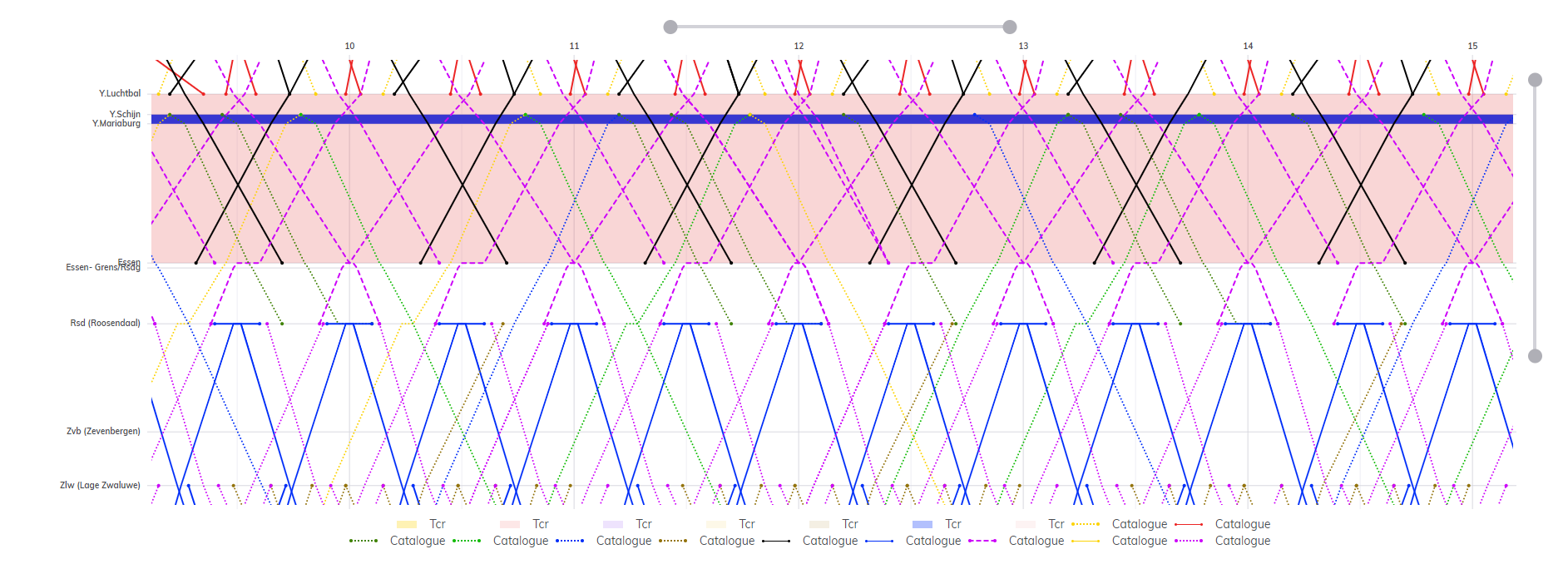
I opened our application while hearing these sentences that were not easy to understand. I tapped on the data visualization interface, which was most reminiscent of a Persian rug pattern. Máté read from the carpet like the Turkish merchant I met in Cappadocia, who eventually sold his merchandise to us in this way. He also mentioned in the conversation that the highway would one day reach the limit of its performance when people are no longer happy to plan with it. The railway will ultimately be an alternative in this case, the development of which will pay off financially in the long run. Still, it will also be an important and necessary result in the planet’s context and carbon neutrality.
“The point of the whole project (Timetable Redesign - TTR) is that you expand capacity but don’t build unnecessarily. The capacity that is already there, however, we will learn to take advantage of more intelligently,” Máté summed up the main virtue of the shared commitment, with which we could quickly identify. Exactly why, let the facts speak for themselves: it is estimated that European railways’ capacity will increase by 3-5%, which means a profit of EUR 1-2 billion a year.
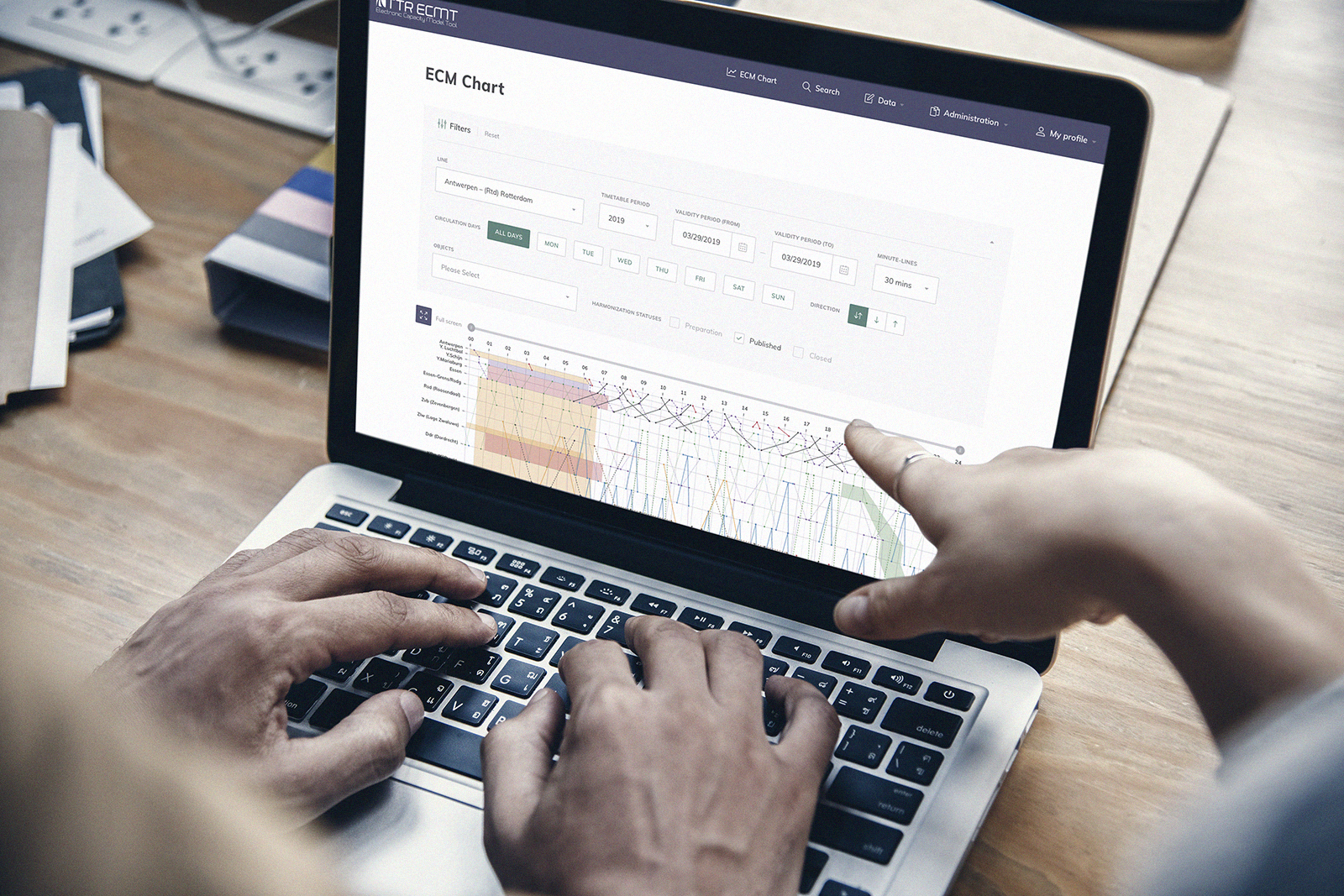
Share with your friends!

